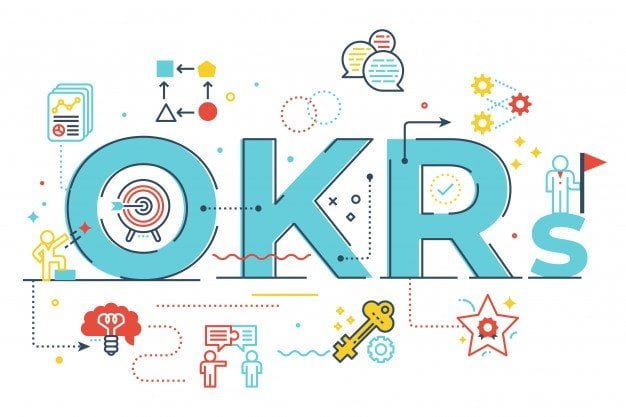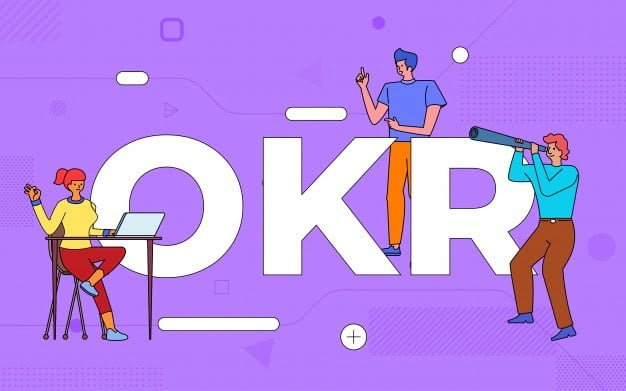OKRs: What Are They, and How Do They Help Businesses?
by Abdul Aziz Mondal Business Intelligence Published on: 14 January 2021 Last Updated on: 26 December 2024

If you’re coming across the term OKR for the first time, you would be forgiven for confusing it with the plant. OKR is an abbreviation for Objectives and Key Results and is a methodology used in goal setting to drive performance and show results in an organization.
It doesn’t matter whether it is a startup or an established organization; the OKR system will engage every member of the company and help steer the latter in the right direction. Let’s break it down to get a better understanding.
In the last few years, businesses both big and small are aggressively experimenting with OKR Software. This is helping them boost productivity, drive efficiency and streamline internal operations. It is also leading to the creation of teams that are highly focused and driven. Aligning the same to the objectives, KPIs and ROIs of the organization is helping yield rich dividends.
In OKRs, objectives mean the outcome you expect to achieve as a business organization. They have results that measure the success of the objectives you’ve set. Key results, on the other hand, measure how the goal is progressing in the company.
The person assigned the responsibility of a particular goal owns the key result. They will also be responsible for updating the progress of the goal and informing the other team members in the company.
These people are often at the bottom of the hierarchy of employees. They will own the KRs and only relay the performance to their superiors.
How Can OKRs Help Your Business?

The benefits of OKRs in businesses are major, considering the number of businesses around the world that use them such as Google, Oracle, Twitter, and PWC. Here’s why these businesses have been using OKRs for decades now. More OKR examples.
Helps Break Down Objectives into Manageable Steps
Any business that is geared toward achieving goals usually has a challenging factor in achieving those goals. However, with the help of OKRs, these goals are broken down into smaller steps that can be managed easily.
One of the key secrets of making it a success is adopting these strategies:
- Specificity- There should be clear, specific, and concise language when structuring the objectives and key business results.
- Measurability- The objectives and the goal of the business should be measured and broken down into simple tactics and individual to group tasks.
Align the Company
The goal of the OKR system is to align employee’s objectives with corporate objectives. When you are in business, your goals should be uniform. What the executive wants should align with what the rest of the company is working on.
Brings Greater Coordination
Through proper planning and application, OKRs allow you to bring a greater sense of alignment with all employees both junior and senior, making for a much more efficient and workforce that achieves its goals easily.
Improves Resource Allocation and Management
When your employees are working towards one goal with a clear direction and goal, you are better placed to distribute resources between teams and individuals progressing towards a singular target.
This helps minimize the wastage that is so common in more rigid workplace frameworks.
Join the World’s Leading Companies in Using OKRs
To put it simply, OKRs is a goal-setting tool that helps everyone in the company focus on what matters. As an organization, setting goals and achieving them is key to the success of the business. Embracing OKRs is part of business success.
It shows where your business is headed and what you want to achieve in both the short and long term.
Read Also:




































































































